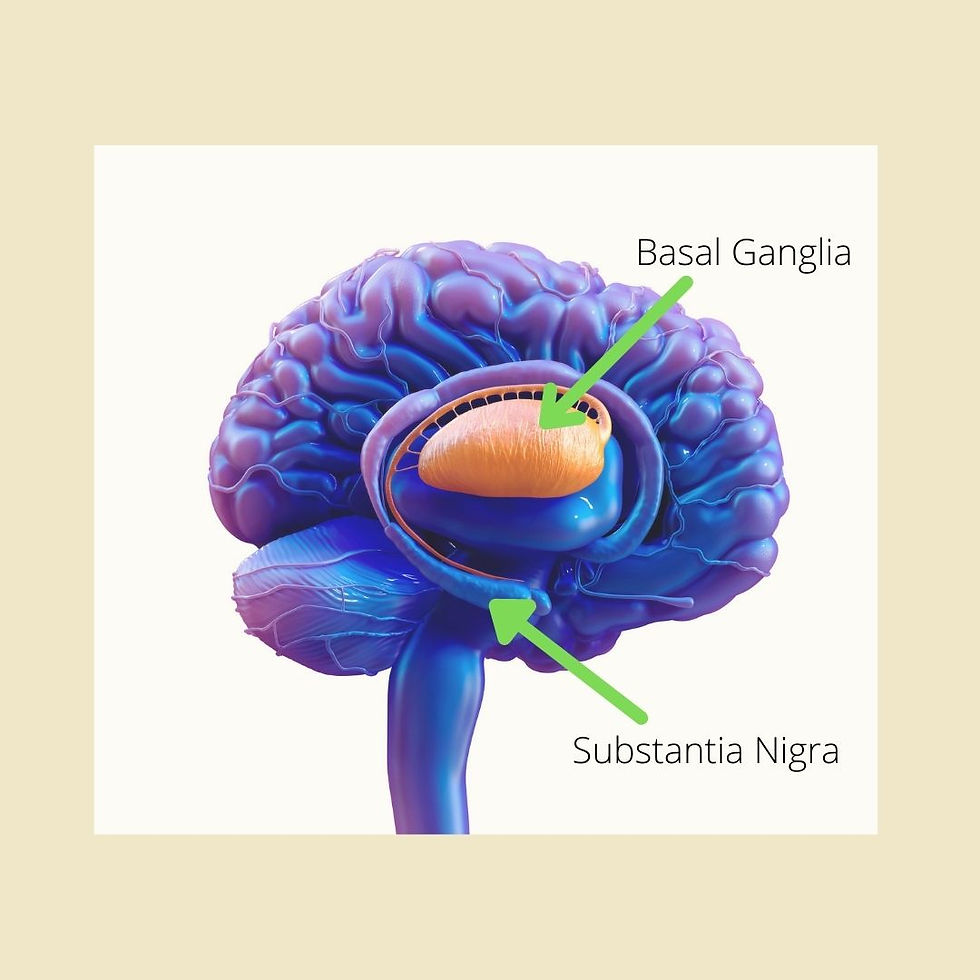- Jun 10, 2022
- 1 min read
Updated: Aug 9, 2022

Exciting News! Our Brand-New Group Exercise Class is just around the corner!
You probably have heard that exercise is essential with Parkinson's Disease, but sometimes it's hard to know what to do.
Our class, taught by our very own Dr. Jessica, PT will use evidence-based techniques such as high intensity, large amplitude training to work on maintaining and improving your balance, strength, and functional mobility.
Are you interested? Fill out the form at this link, and we will be in touch.
Here are the details:
Where : Fit Lab Studios Durham, 2500 Meridian Parkway, Suite 180, Durham, NC 27713
When : Thursdays at 2PM
How much: Classes are $120 for the 4 week session, or $20/class at a drop in rate.
How to sign up: Fill out the interest form at this link, and Dr. Jessica will be in touch to get you registered.
More information: Check out this webpage with more information










